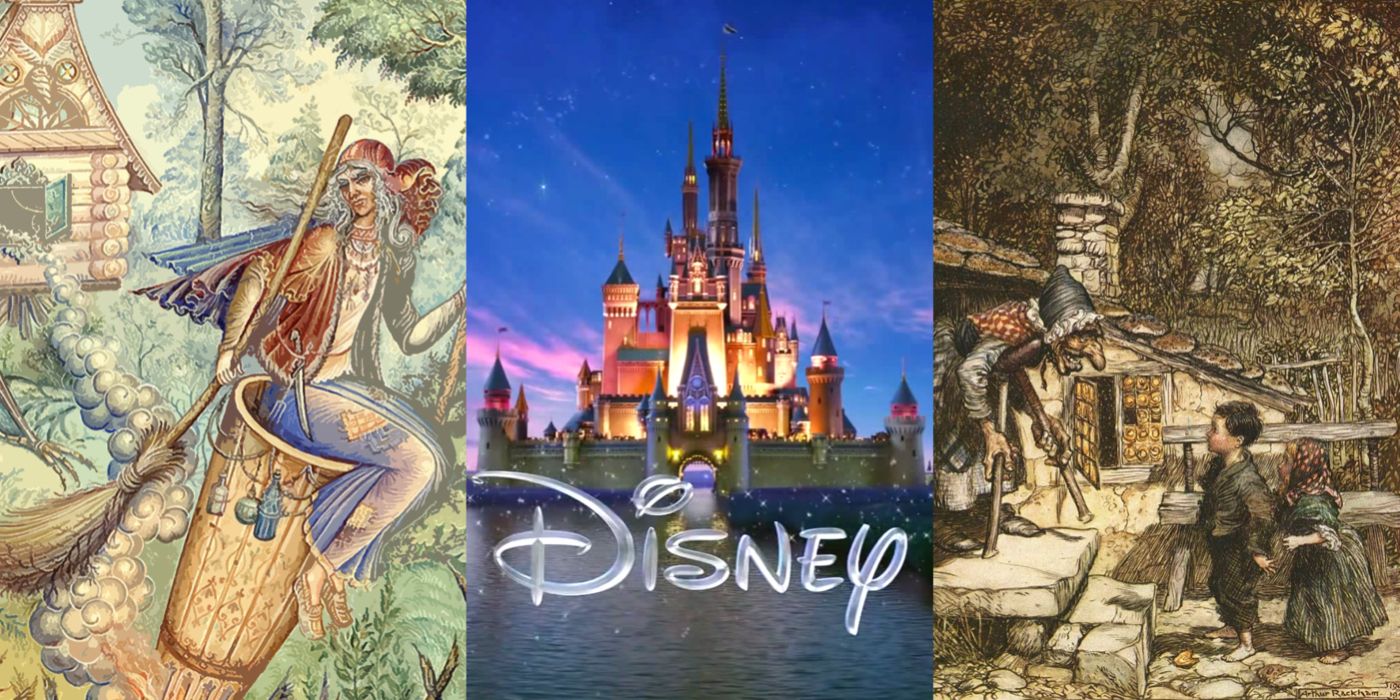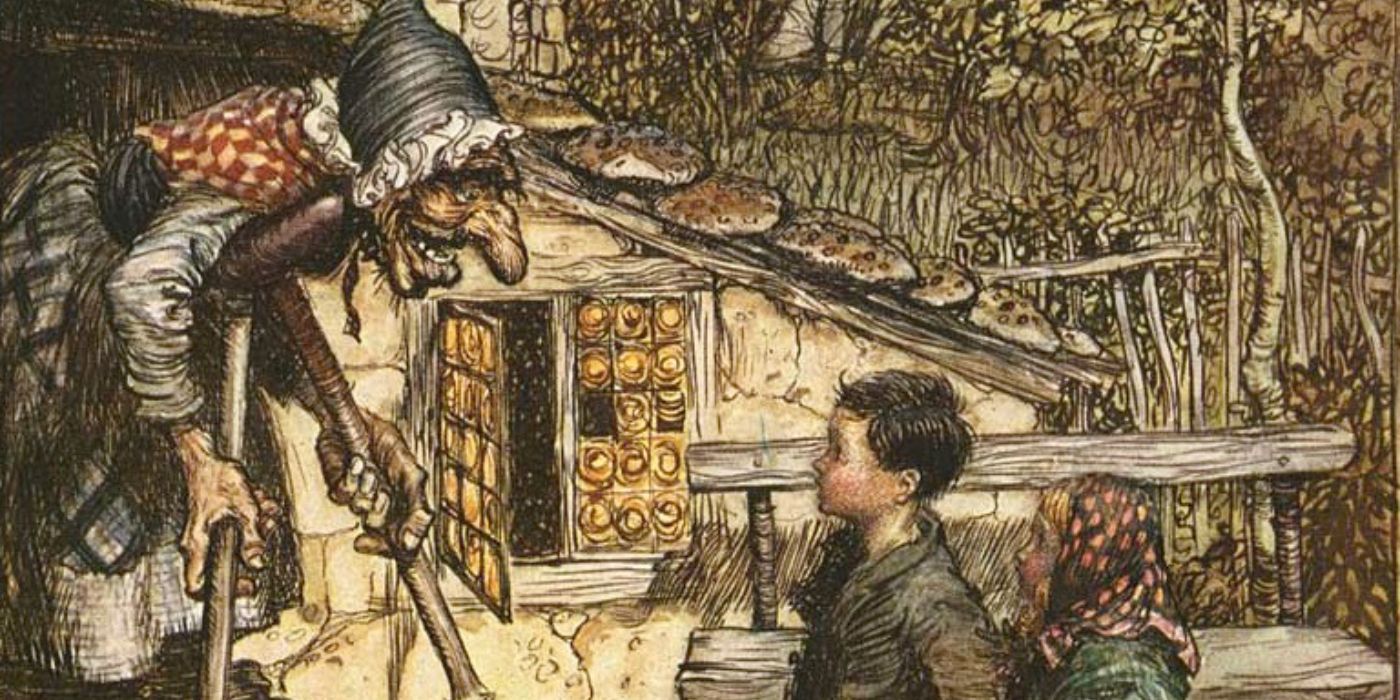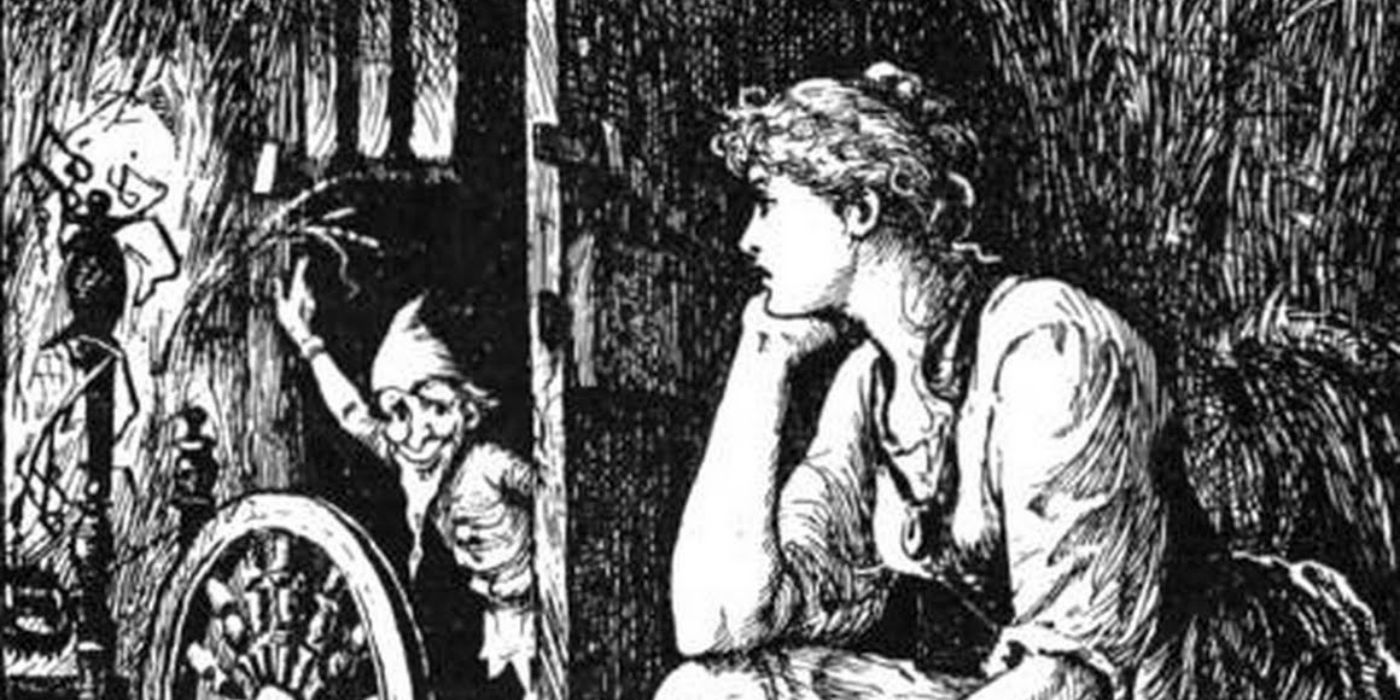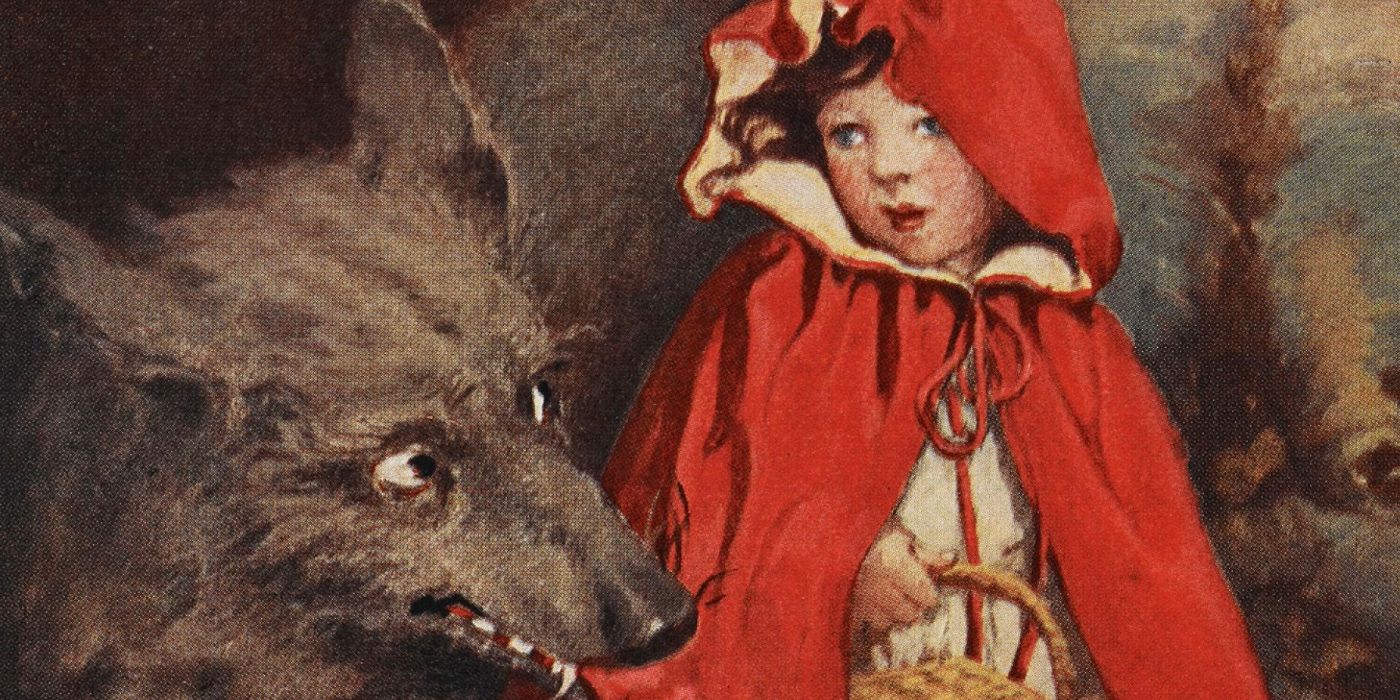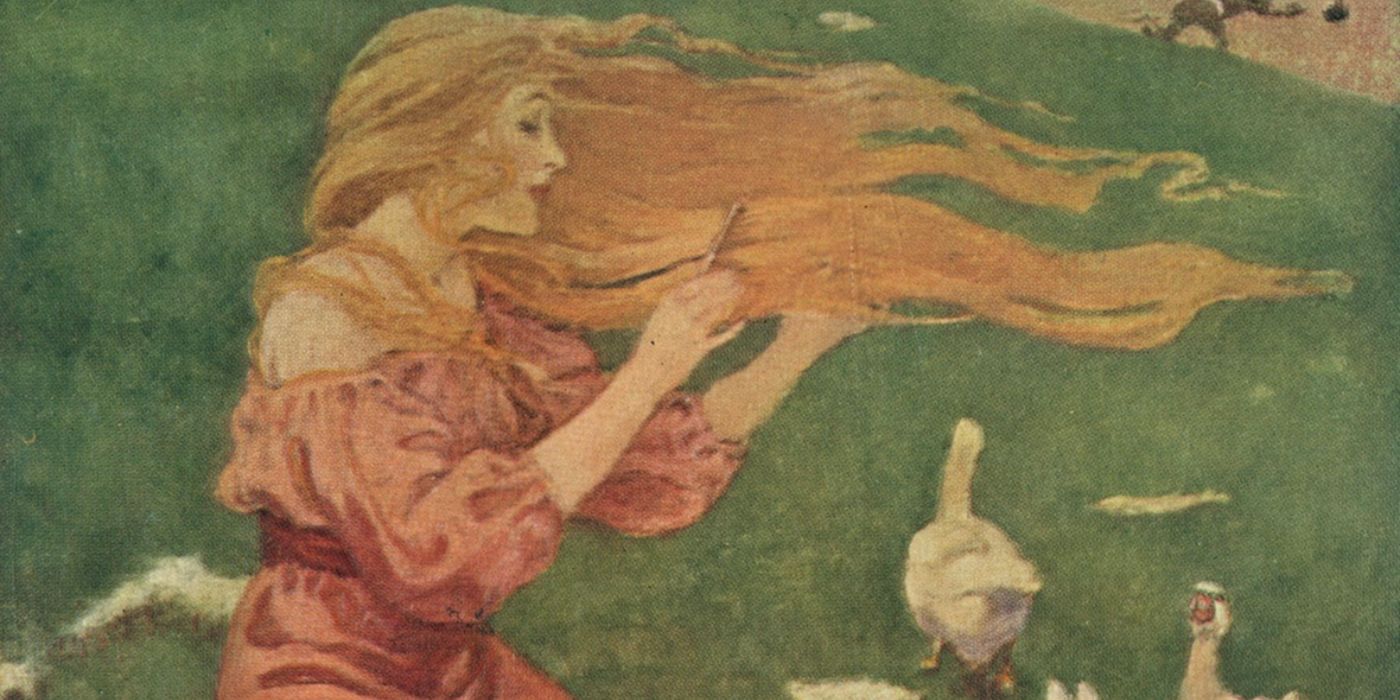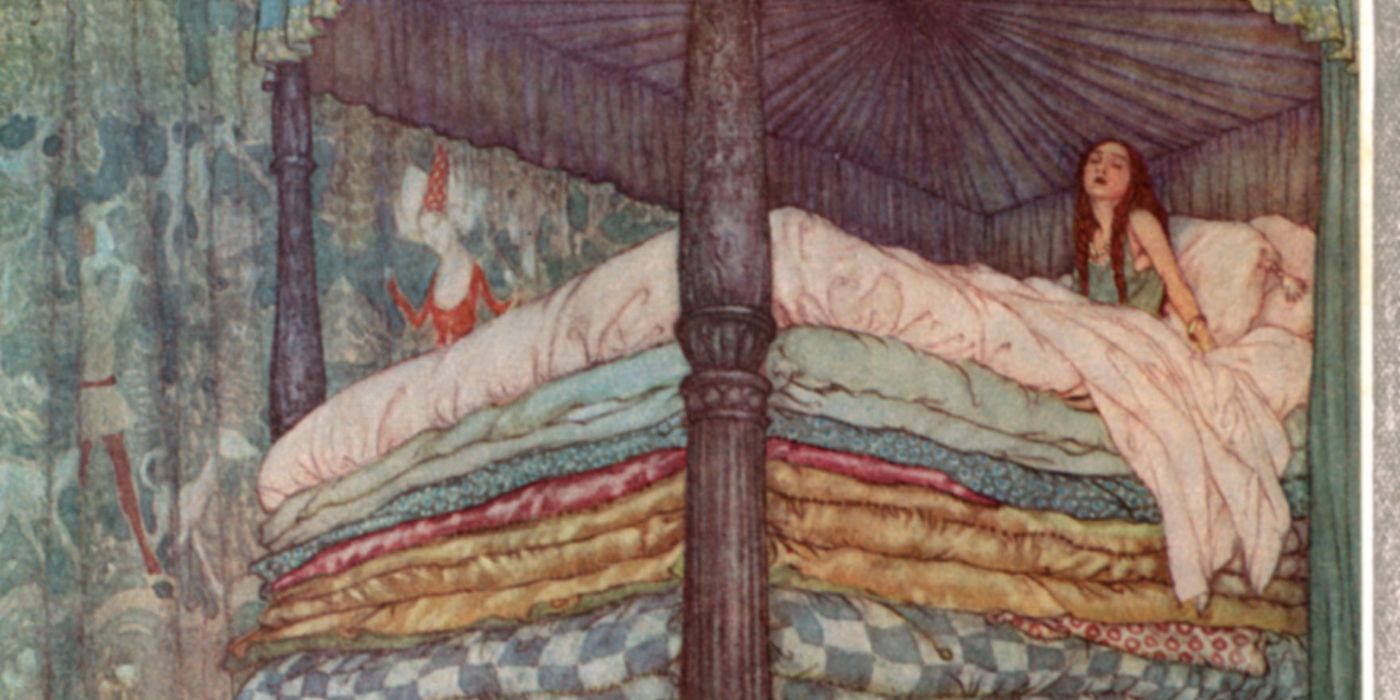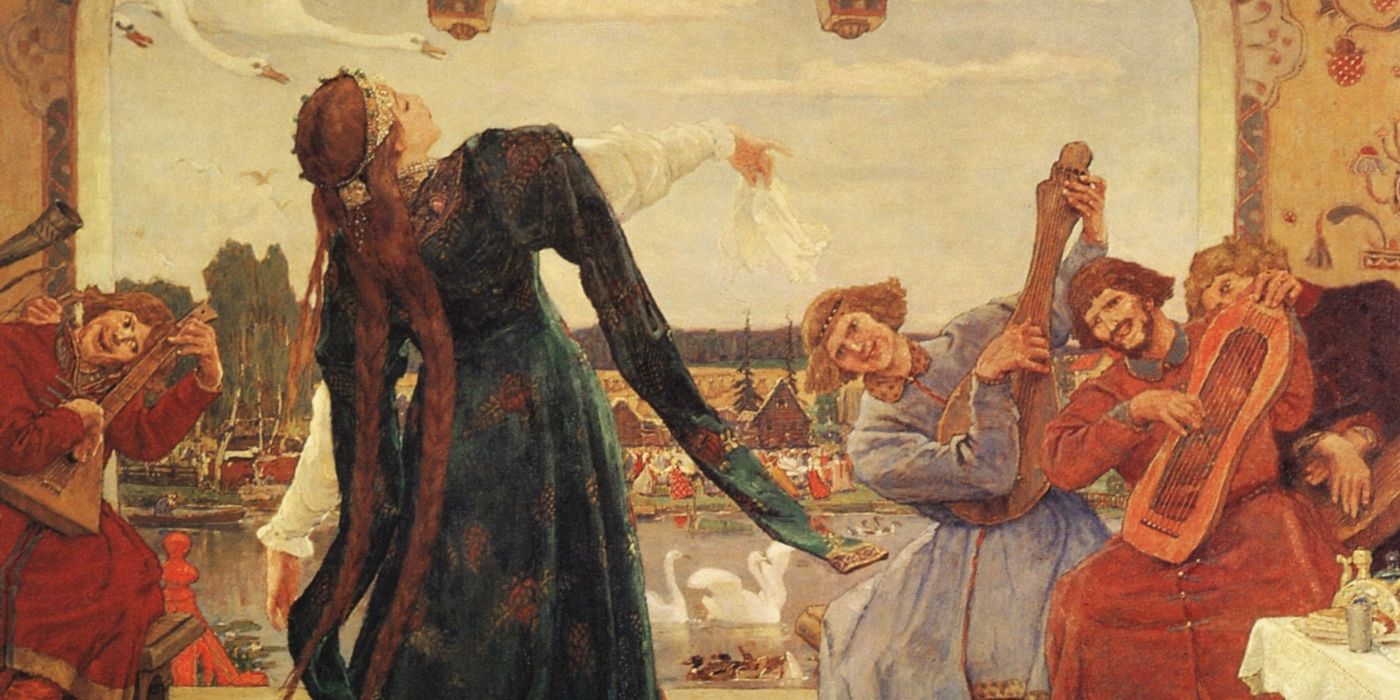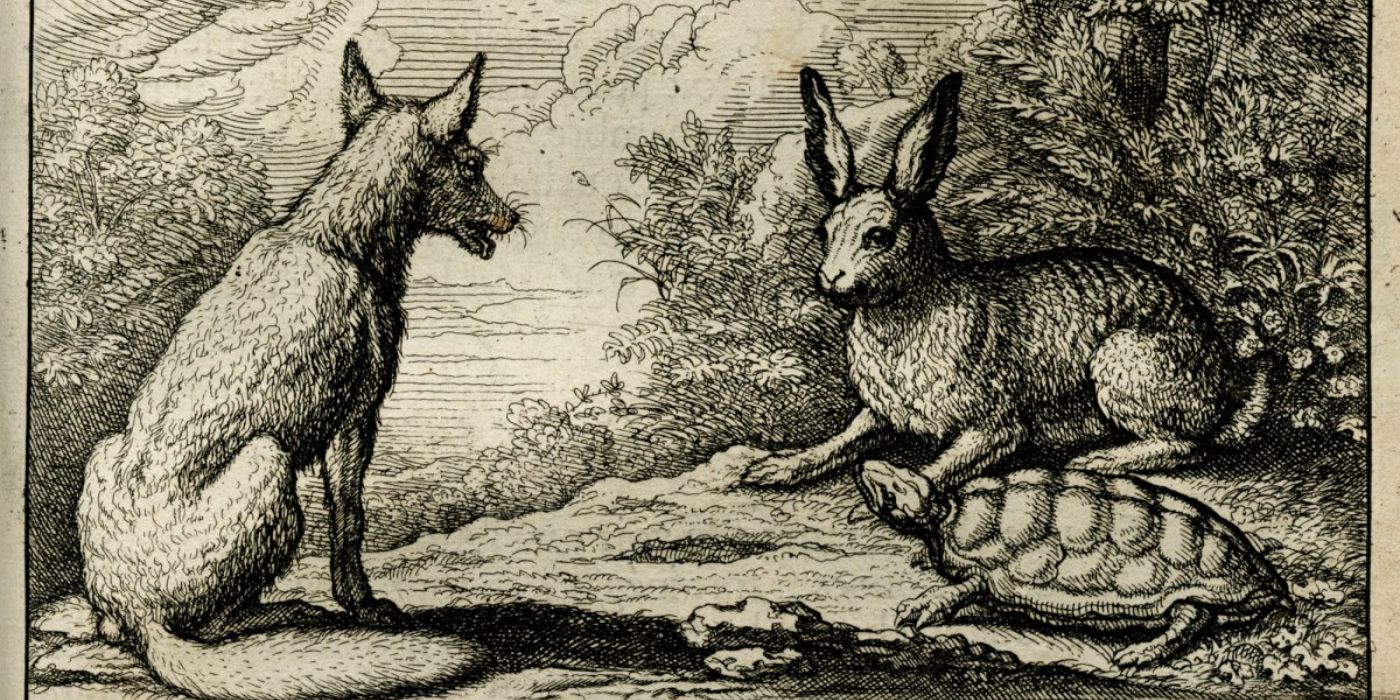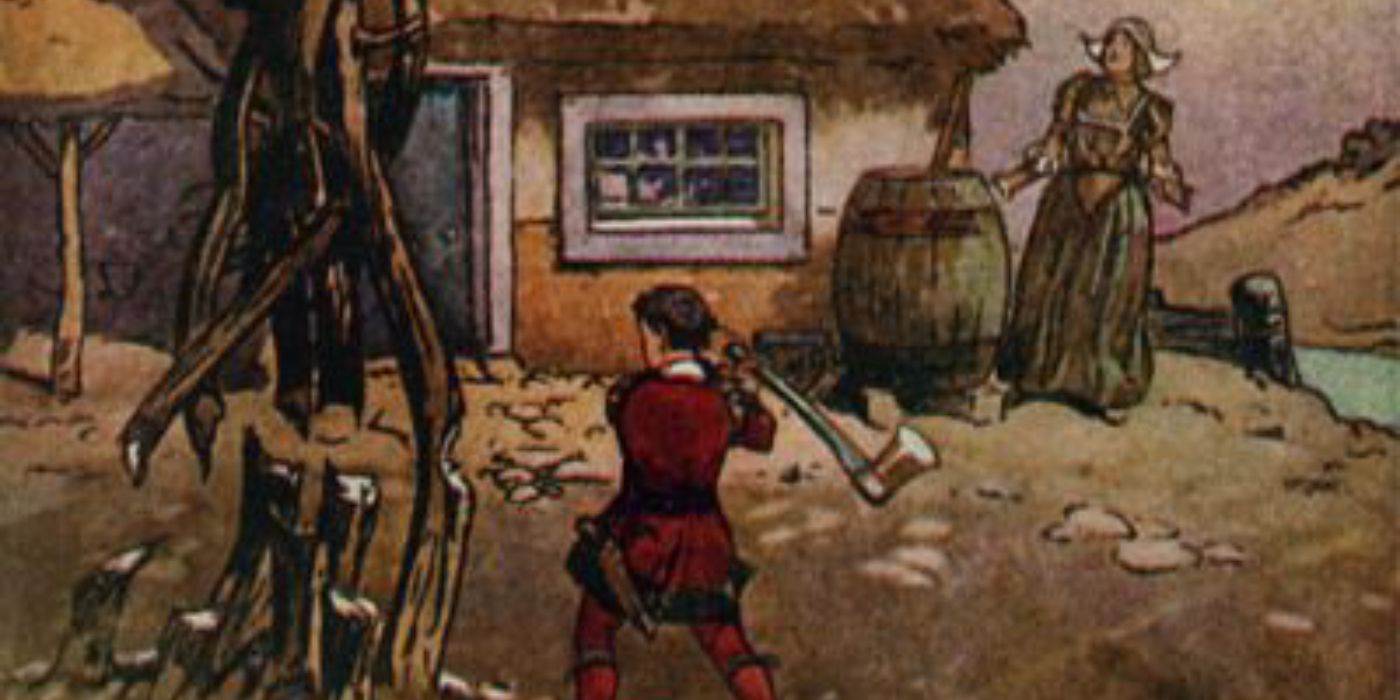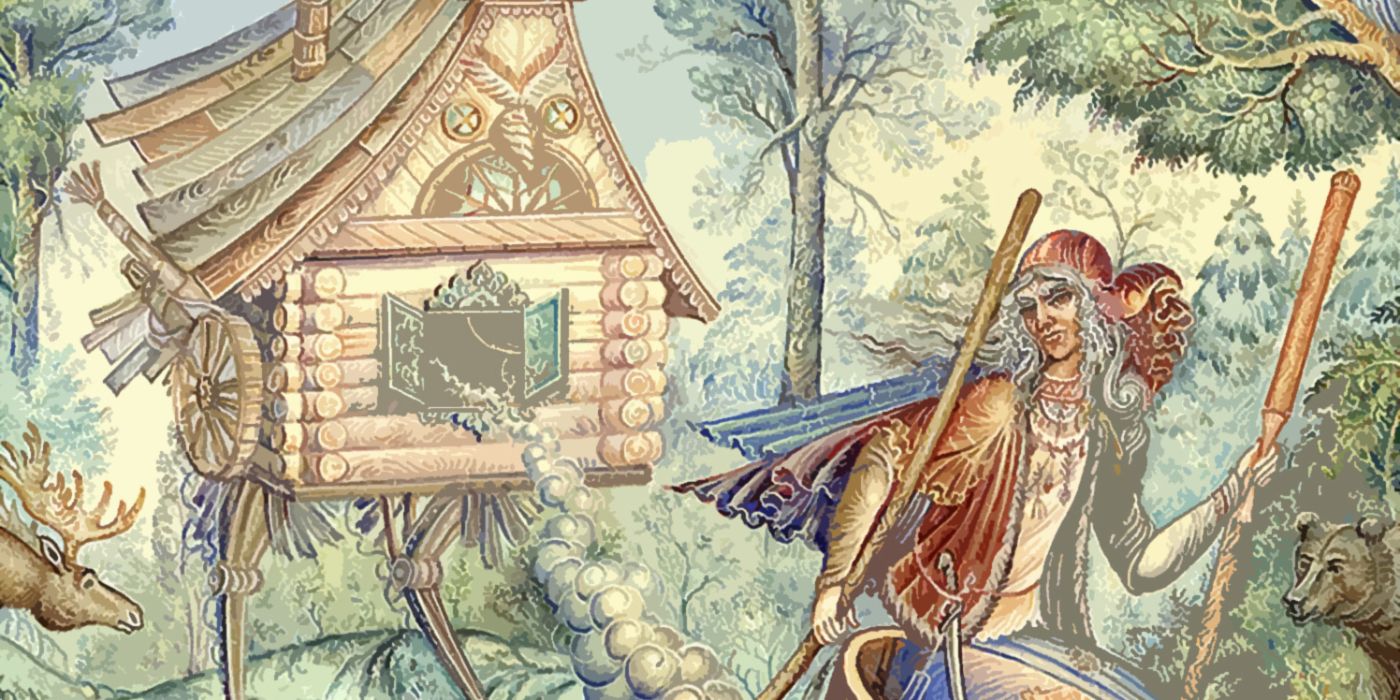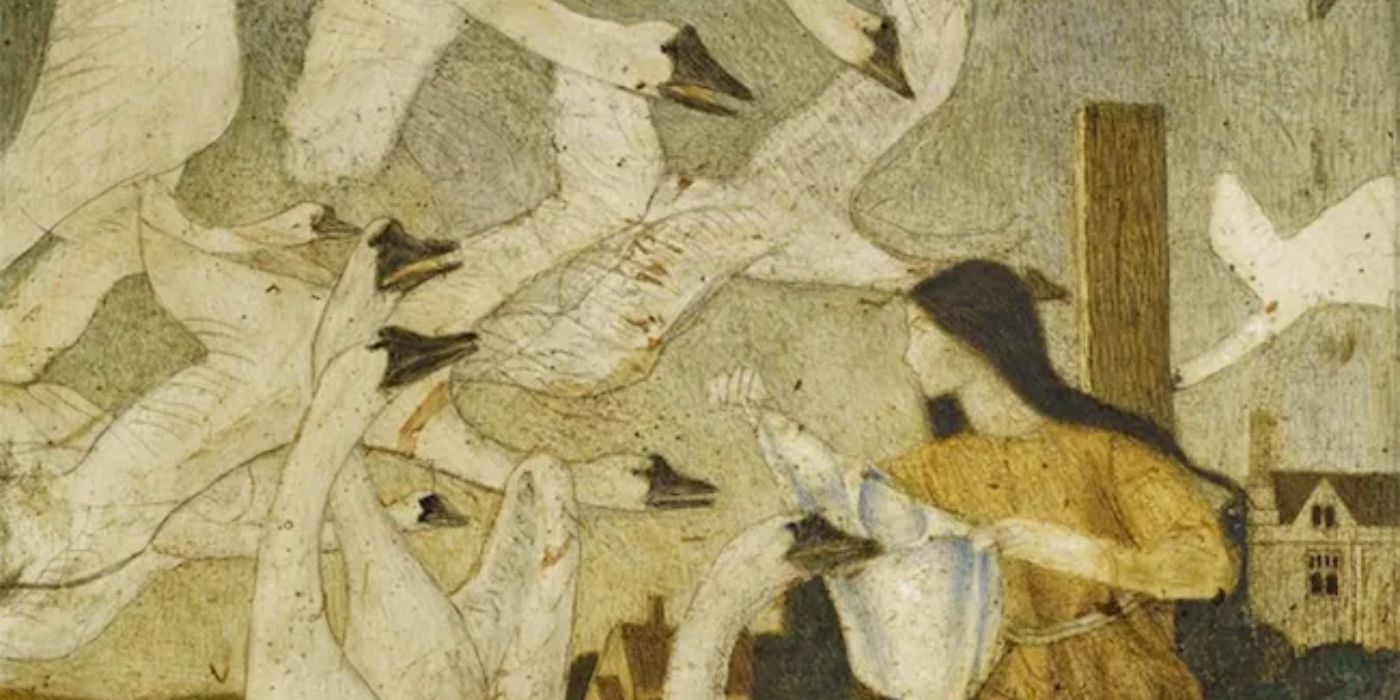Throughout its history, Disney has often taken inspiration for its animated movies from fairytales and folklore stories, whether they are used to craft faithful adaptations or as jumping-off points.
With some of the studio's most successful hits starting off this way — Frozen, Aladdin, and Beauty and the Beast to name but a few — it seems likely that this is a strategy the company will continue to employ in the future alongside the creation of original stories like Encanto, and the vast catalogs of fairytales from all over the world mean there's still plenty of inspiration to be had.
Updated on November 30, 2022 by Stacie Rook: Though it's been some years since Disney released an animated feature based on a fairytale, the genre remains a central part of the studio's brand, and upcoming live-action fairytale releases like The Little Mermaid prove this. Even so, there are a plethora of tales that Disney hasn't adapted before, and could still tackle in animated form.
Hansel And Gretel
One of many fairytales accumulated and published by the Brothers Grimm, Hansel and Gretel sees the titular brother and sister get lost in a forest until they come across a witch in a house made of gingerbread and candy.
Though in typical Grimm fashion the witch tries to eat the children, they eventually outwit (and kill) her and make their escape. Disney often softens the brutality of the original fairytales, and this would need to happen with Hansel and Gretel, but the story's brave sibling protagonists and the magic of the witch in her confectionary-built house seem fit for adaptation.
Rumpelstiltskin
Disney's had some unconventional lead characters, and the main character of Rumpelstiltskin could definitely fit in amongst them. Rumpelstiltskin is an elf-like scoundrel who offers to spin straw into gold for a young woman whose father wrongly told the king that she possessed that ability.
In exchange, Rumpelstiltskin makes a series of demands, including the girl's firstborn child, but when the time comes for the young woman to hand her baby over, she refuses, and instead Rumpelstiltskin offers her a bargain; she will be released from their deal if she can guess his true name. The trickery and quest-like nature of this tale make it a compelling choice for Disney, also giving them the chance to explore Rumpelstiltskin's character.
Little Red Riding Hood
Perhaps one of the most well-known European fairytales, it seems surprising that Disney's only foray into adapting Little Red Riding Hood came with their 1934 animated short, The Big Bad Wolf.
Walking to deliver food to her sick grandmother, the tale sees Little Red Riding Hood come up against a terrifying wolf who later impersonates her grandmother. Different versions have endings of varying terror, depending on whether Little Red is saved or eaten. In all iterations, though, the whimsical setting of the forest and the archetypal characters remain the same, giving Disney plenty of material to draw inspiration from.
The Goose Girl
Another tale collected by the Brothers Grimm, The Goose Girl sees its titular character, a princess, get into trouble during her travels to a neighboring kingdom. A series of events lead to the princess' conniving maid assuming her royal identity, leaving the princess a servant to tend to the geese.
Mistaken or secret identities are a common theme in fairytales and one that Disney has used in movies like Tangled with great success. In this story, the goose girl's subtle magic and decorum eventually prove her true identity, and she is restored to her former position, with her strength of character making the princess a perfect candidate for a Disney adaptation.
The Princess And The Pea
Disney loves its character-defining scenes, and The Princess and the Pea by Hans Christian Andersen is a story that also accomplishes this.
Following a prince looking for his perfect bride, a mysterious woman claiming to be a princess arrives at his castle, and her claim is put to the test when a single pea is secretly placed beneath her volumes of mattresses, the idea being that a true royal could discern even the smallest disruption to their comfort. The tale's comical premise could be taken in many directions by Disney, as it exposes the elaborate schemes many fairytale royals hatch to determine a person of nobility.
The Frog Princess / Vasilisa The Wise
Not to be confused with Disney's The Princess and the Frog, which was based on a separate fairytale, The Frog Princess (or Vasilisa the Wise) is a story with many variations.
At its core, though, the fairytale is about three princes seeking wives. The king tells them to each fire an arrow, saying they'll find a perfect match where it lands. One is found by a frog, who miraculously outshines the human women in tasks the three are set, before later transforming into a human princess. These shapeshifting abilities would be compelling for Disney to explore, as would the frog's ingenuity.
The Tortoise And The Hare
One of the most recognized stories from Aesop's Fables, The Tortoise and the Hare sees its titular characters take part in a race, which the tortoise wins due to the hare's cockiness.
Despite its simplistic story, the thematic elements of this fairytale are strong, showing both the benefits of perseverance and the dangers of over-confidence. Disney's history of animal protagonists could allow them to bring this story to life in fresh and vivid ways, using the tale as a springboard for a richer narrative.
Jack And The Beanstalk
An English fairytale, Jack and the Beanstalk sees its young protagonist acquire magic beans, which grow into a huge stalk that reaches into the clouds, where a giant resides.
Jack climbs the beanstalk and comes across the giant whom he must then escape from. In keeping with some heart-wrenching Disney sacrifices, this is achieved when Jack cuts the beanstalk down, severing his connection to the magical (if dangerous) place in the clouds. Disney had in fact planned an adaptation of this story, called Gigantic, but it was sadly shelved a few years ago, according to Empire. Even so, the studio's take on the story still has a lot of potential.
Baba Yaga
With Disney's share of villains who could have been heroes, the studio's movies are unafraid of confronting questions of morality, and the stories of Baba Yaga certainly do that.
A figure from Slavic folklore and fairytales, Baba Yaga has appeared in many narratives, often taking on the role of a villain but sometimes aiding heroes on their journeys. Her home is a hut in the forest that moves on chicken-like legs, and the witch often flies around in her cauldron. The character's rich history could inspire a great variety of stories, brought to life by Disney's distinctive flair.
The Wild Swans
A work by Hans Christian Andersen, The Wild Swans focuses on a princess' journey to save her eleven brothers, who were turned to swans by her evil stepmother.
Through her trials to save her siblings, which include knitting shirts made of stinging nettles for each of the princes, she's accused of witchcraft by a king but steadfastly continues her task, even as she's sentenced to be burned at the stake. A story that ultimately teaches family love and determination, The Wild Swans echoes themes that Disney movies are known for.

